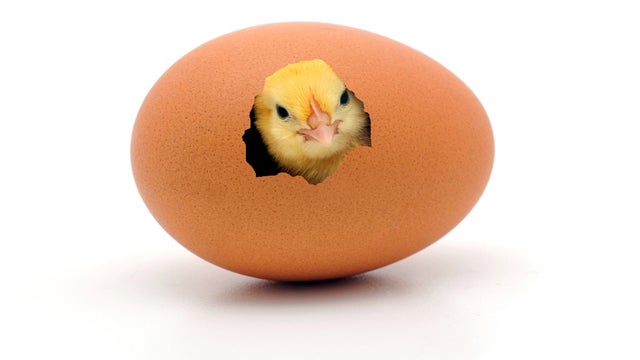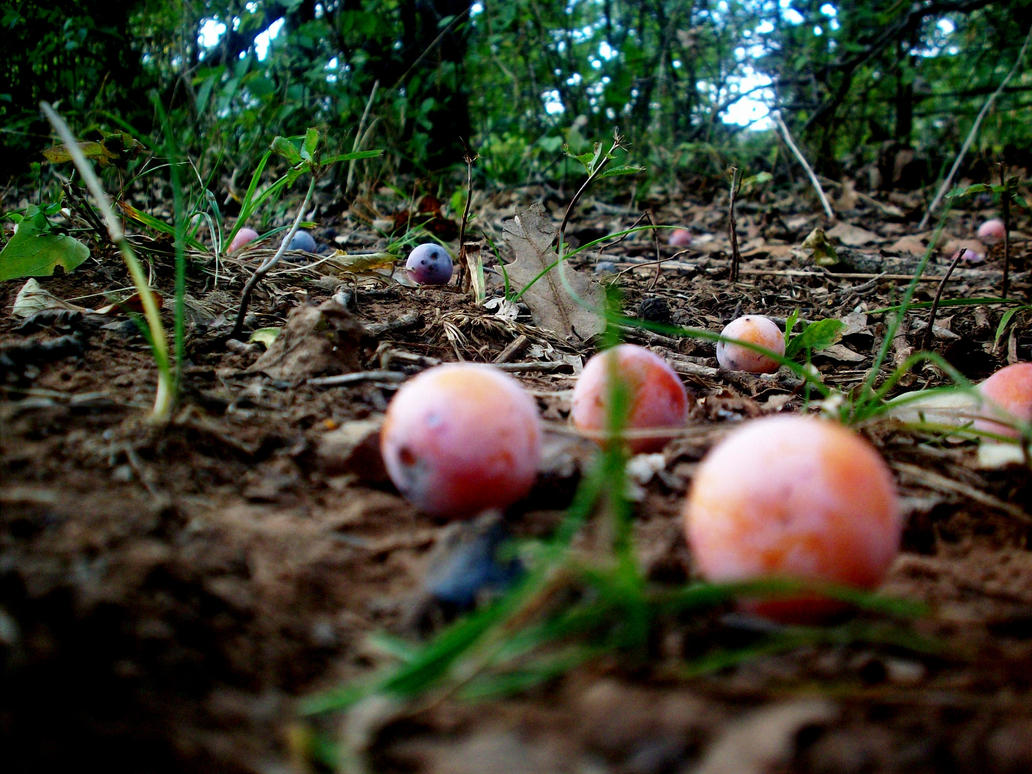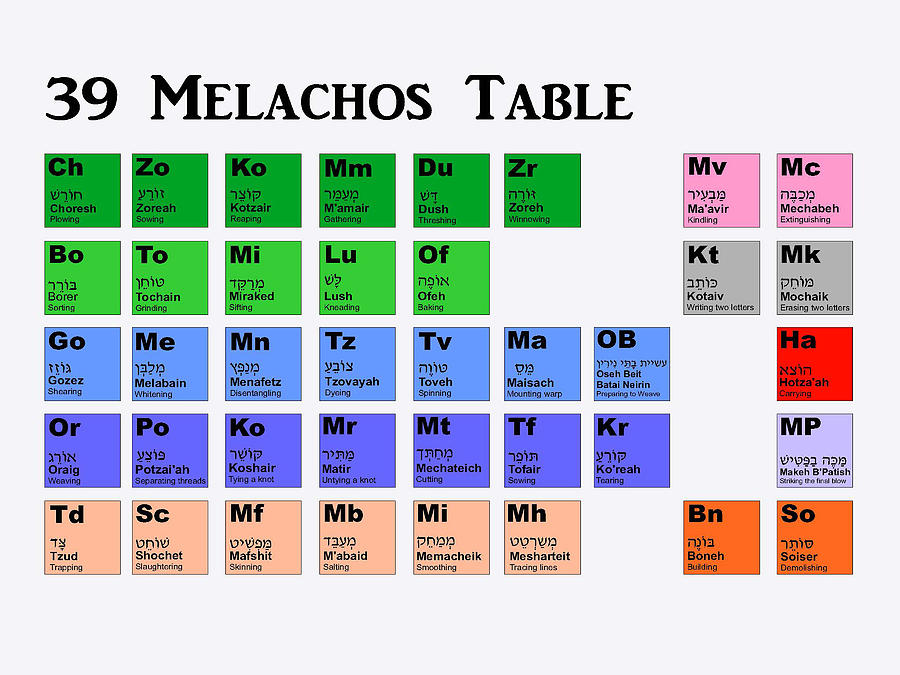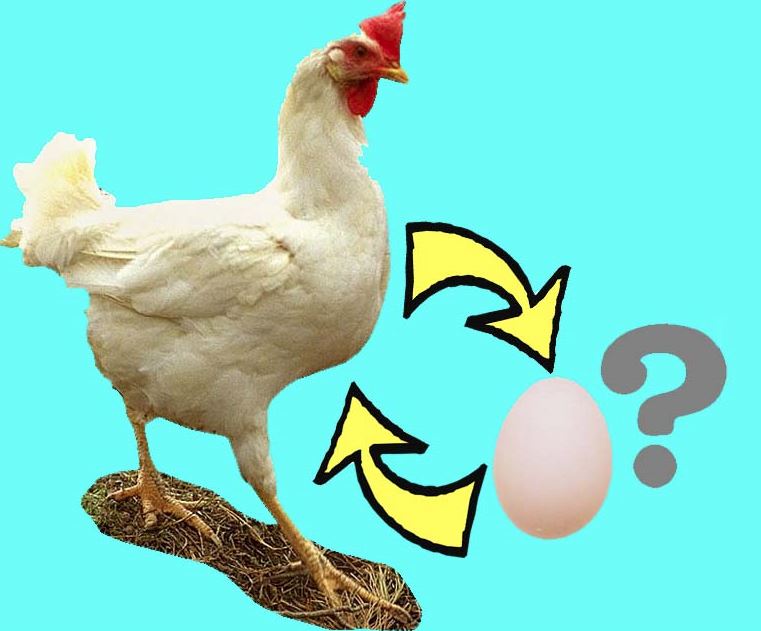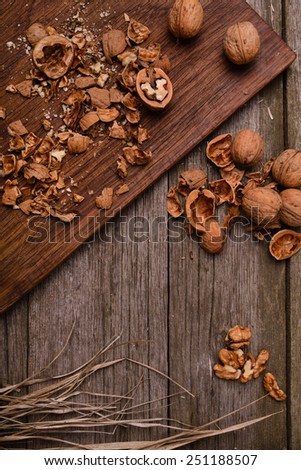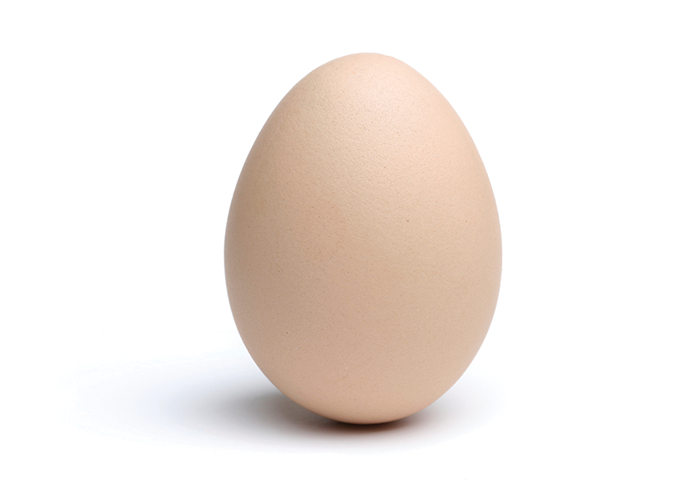Beitza 4a-b
1- Gemara quotes the opinions of Rav and Reb Yochanan concerning an egg born on Shabbos preceding a Yom Tov or a Yom Tov preceding a Shabbos.
To eat it on the day it was born is prohibited as we have learned previously.
The argument is if one may eat it on the following day. Reb Yochanan permits it whereas Rav prohibits it.
The Gemara relates a story of the host (who took Reb Yochanan’s position) who came to Rav Ada, his guest, asking if he can cook an egg born on Yom Tov in order to eat it the next day on Shabbos.

Rav Ada told him that although Reb Yochanan permits to eat the egg the next day however on the day it was born – today- it is Muktze.
We discussed how this host thought that he may cook the egg born on Yom Tov to eat it on Shabbos.

He would obviously need to rely on an Eiruv Tavshilin. The problem is that the underlying principle of Eiruv Tavshilin (as we will see at the beginning of the next Perek) is that cooking on Yom Tov for Shabbos day is permitted only because guests may arrive and consume all that was cooked on Yom Tov prior to Shabbos.

all gone…
In our case however this egg cannot be eaten on Yom Tov because it was born today!
2- We discussed this topic as it is relevant to us: We don’t eat ‘gebroks’ on Pesach. On the last day we insist on eating ‘gebroks’ in the form of kneidlach aka matzo balls.

But what if the last day of Pesach occurs on a Shabbos? Can we cook the kneidlach on Friday, ‘Shvii shel Pesach’?

In theory we can use the ‘ Eiruv Tavshilin’ for this just as we can cook fish on Yom Tov for Shabbos.
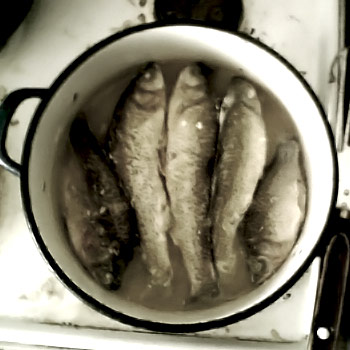
But as mentioned, cooking fish on Yom Tov for Shabbos is permissible only because if a hoard of guests crash. they can consume it all today. So in a sense it was indeed cooked for Yom Tov.
But these guest cannot or will not eat the ‘kneidlach’ today! They need to wait until it is Achron shel Pesach. So we are cooking explicitly for Shabbos which is not permissible.

3- We discussed the famous father and son-in-law duo…… Reb Akiva Eiger and his son-in-law the Chasam Soffer. Their custom was not to eat dried fruit such as raisins during Pesach except on the last day.

The latter writes that his father-in-law asked him if one can prepare/cook raisins on Shvii shel Pesach for consumption the following day that occurred on Shabbos. Since no one will it it on Shvii shel Pesach the ‘Eiruv Tavshilin’ may be invalid for these raisins.

4- We spoke about alcohol use on Pesach. Reb Akiva Eiger once wrote that “I forbid its use for a reason that I will not divulge!”.
We mentioned that the Rebbe the Tzemach Tzedek writes that had Reb Akiva Eiger written a reason then perhaps we could argue and permit it……(that would be nice to wash down the four ke’zeisim with some kosher le’Pesach Glenlivet or Zeks un Neitziker….)
However since he did not divulge his reasoning one cannot rule differently.

5- We continued our discussion re the identity of Reb Eliezer Hakalir.
…
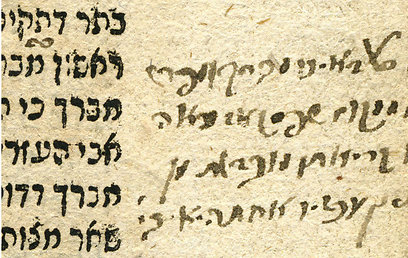

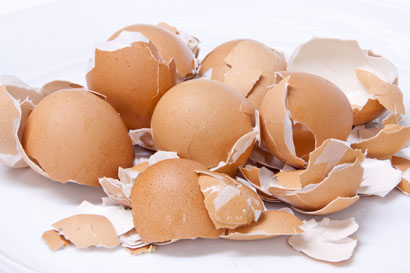






 too’…..]
too’…..]









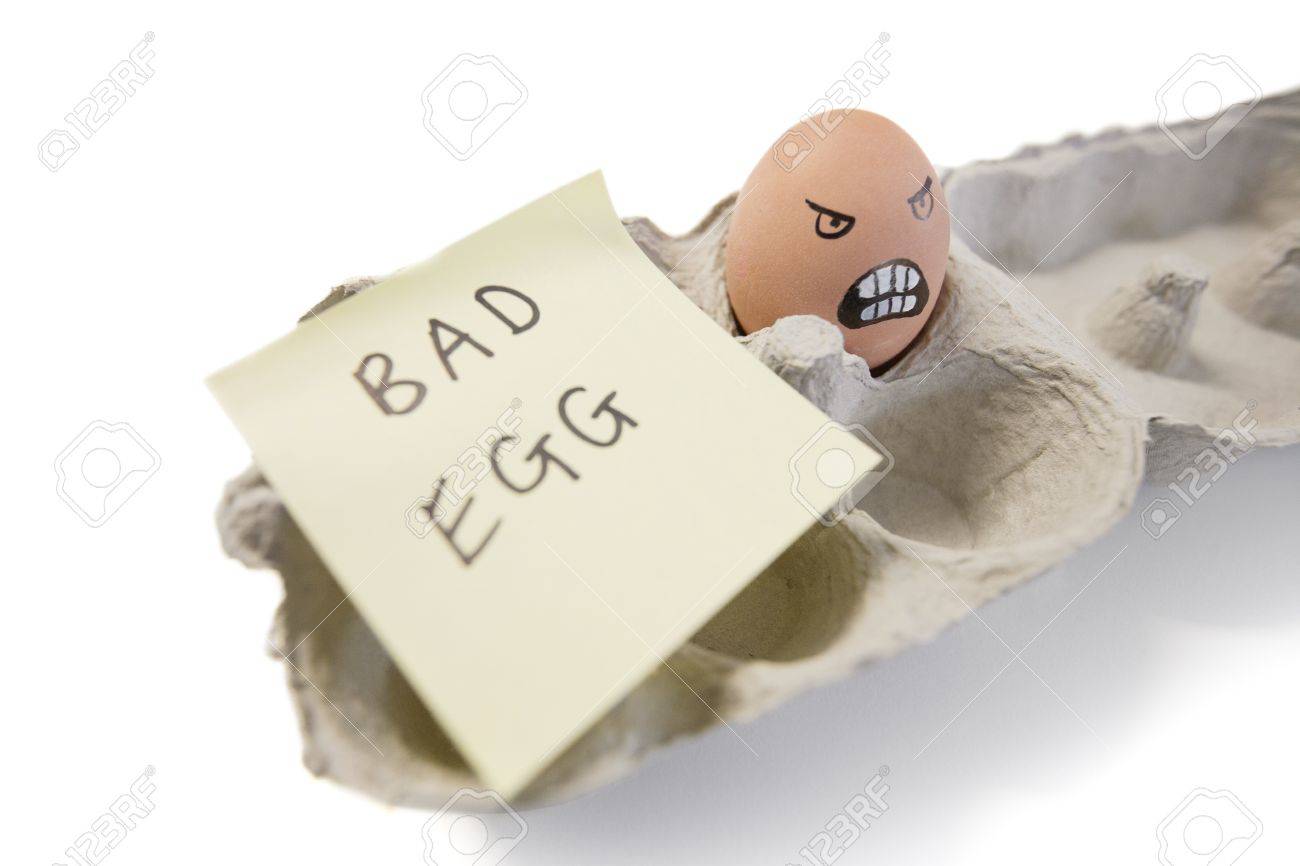

.jpg)

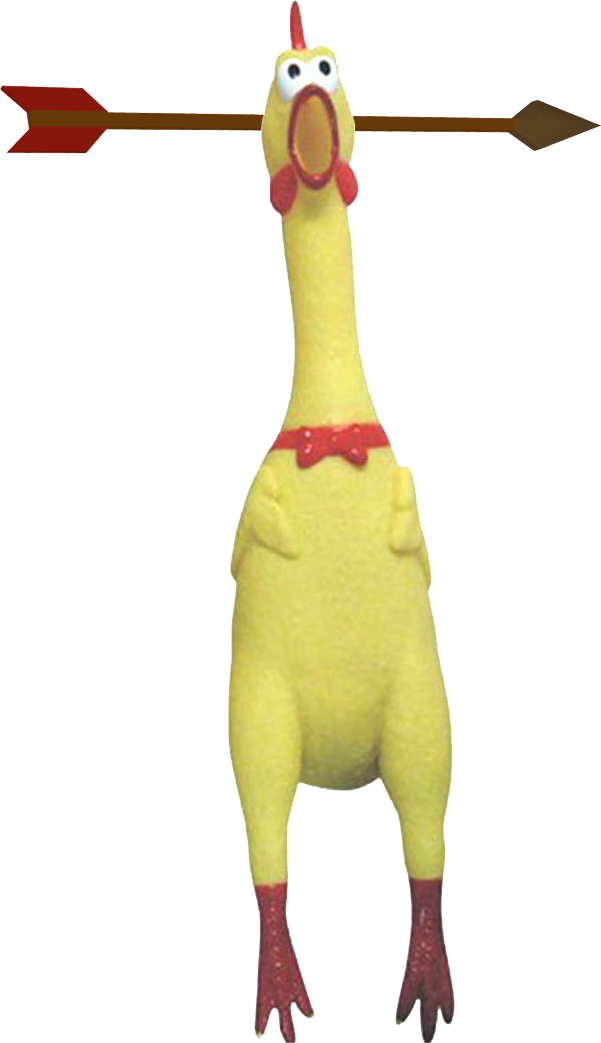


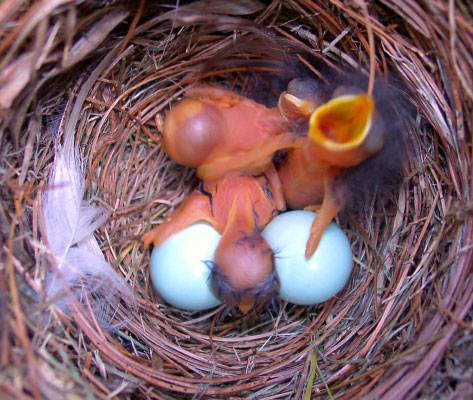
 .
.




